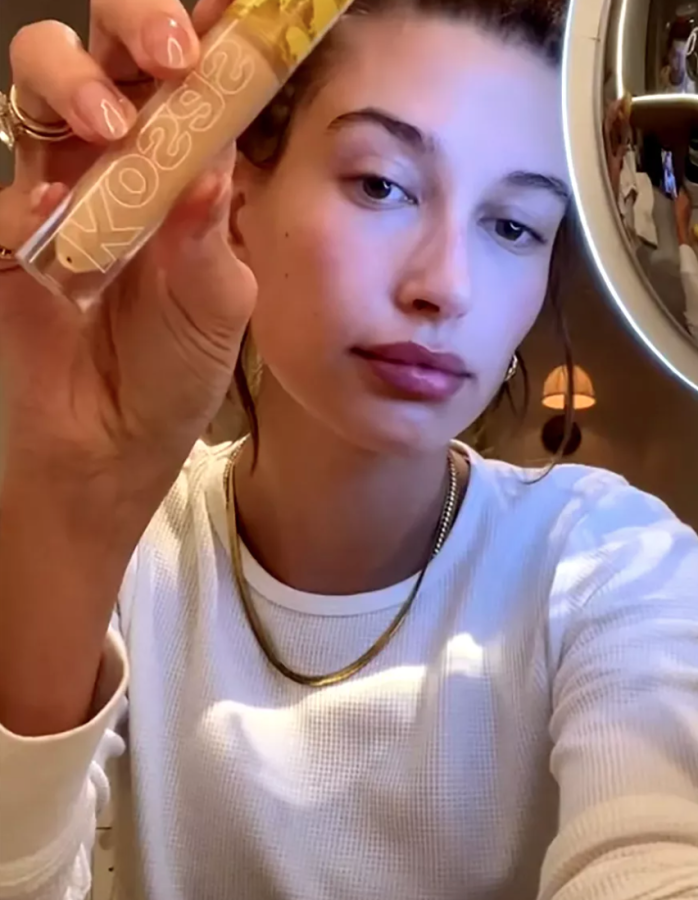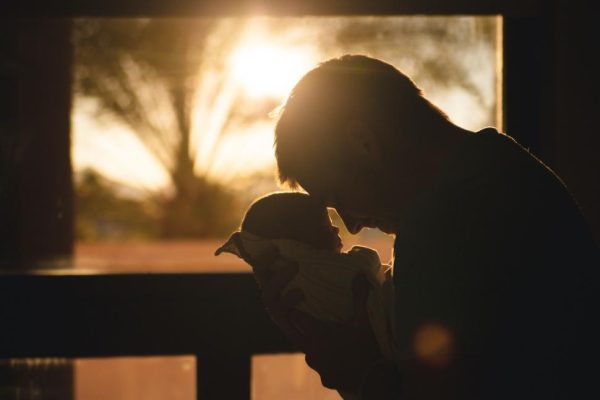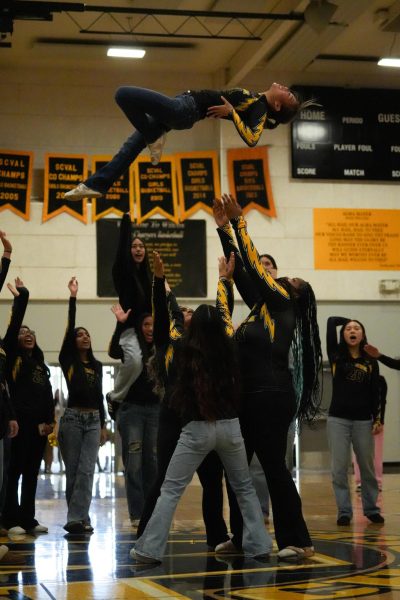The Problem With the “Clean Girl Aesthetic”
The “clean girl aesthetic” gaining recognition on Tiktok especially after supermodel Hailey Bieber’s take. Courtesy of: TikTok
One of the most prominent trends to take over TikTok this past year was the “Clean Girl Aesthetic.” And as some people think, the trend promotes a narrow standard of beauty. While the idea of “clean girl beauty” has been around for a long time, it has become considerably more well-known and appreciated.. From glossy lips to tampered and perfectly maintained hair, the clean girl aesthetic has many TikTok users and viewers fascinated with recreating it.
The increase in popularity of this trend was inevitably a result of the Gen Z trendsetter sisters Gigi and Bella Hadid, as well as model Hailey Bieber, constantly amassing views of over 350 million using TikTok alone. While their style may have served as the inspiration for the viral videos, it’s not the origin; instead, the source of this trend can be found through a deep analysis of routines that women of color have created for themselves.
The look consists of hair divided directly down the center and pulled back into a tidy bun, free of any flyaways to create the “flawless” effect. Common accessories for this look also include small to medium-sized hoops, delicate gold chains, and possibly a gold name necklace. Influencers like Romanian Danielle Marcan, whose rendition of this aesthetic has received thousands of views, have become the faces of the trend.
While the aesthetic has dominated social media’s fashion and beauty channels, it has also generated debate. For instance, the name itself can be misleading because it defines women as orderly, polished, and tamed. Adjectives like these have been the fenceline of contributing to the development of a beauty standard that devalues the natural features of women of color. Tiktok creators like @chobani0atmilk have voiced that the issue with the “clean girl” aesthetic is that social beauty standards are still heavily influenced and tailored around Western ideals and standards of beauty; disguised as promoting a “healthy lifestyle,” influencers were actually praising white, European features even more than usual.
Although the controversy surrounding the clean girl aesthetic constantly grows, one main argument that people continue to make is that those who do not conform to the new lifestyle may be portrayed as “unfeminine”. In order to preserve this so-called meaning of “femininity”, women of color are tirelessly working to change frequent discrimination and reshape societal views of what is defined as classy, professional, feminine, attractive, and natural.
TikTok creators aren’t the only ones with their own takes on white appropriation of the skills and talents of POC. Sophomore student at Wilcox High School, Sumayyah Khan, and her friends spoke out on this issue from the perspective of the brown community: “It’s not okay to discredit women, especially people of color,” Khan started. She continues to speak on behalf of the brown community, mentioning that “We have felt insecure our whole lives, especially as being brown people and have even less appreciated the harmful stereotypes such as being unclean. We agree that for people on TikTok to create this trend centered around a certain look that we’ve been doing for years while being called unclean, is wrong.” Sumayyah resumes thoughts, adding that “people who consume trends don’t actually care or know where it comes from and do any of that research. It’s kind of the influencers’ responsibility to make sure the information they spread is recognizing people of color.”
Another problematic aspect of this new trend is that it’s outright stealing from the unique style that the Black and Latina communities have been incorporating in their routines for decades; naturally, this was way before its mainstream explosion and selling points to the media. The trend in question is gentrifying a look that women of color have owned and perhaps been condemned for. Like multiple trends and styles, POC looks were judged and mislabeled before being taken and deemed glamorous, fashionable, and trendy. Slick-back hair and gold hoops aren’t just a trend for POC women; they’re part of their culture and embedded in their looks.
Women of color are rightfully upset about influencers’ problematic actions, which often include appropriating trends and styles that POC have included in their routines for decades. The fact that white influencers are now given the ability to profit off of these “new ideas” is highly unfair, and should not be tolerated. The proper research and credit must always be given to the rightful creators, and this is why people are beginning to educate themselves to make sure it is received.






